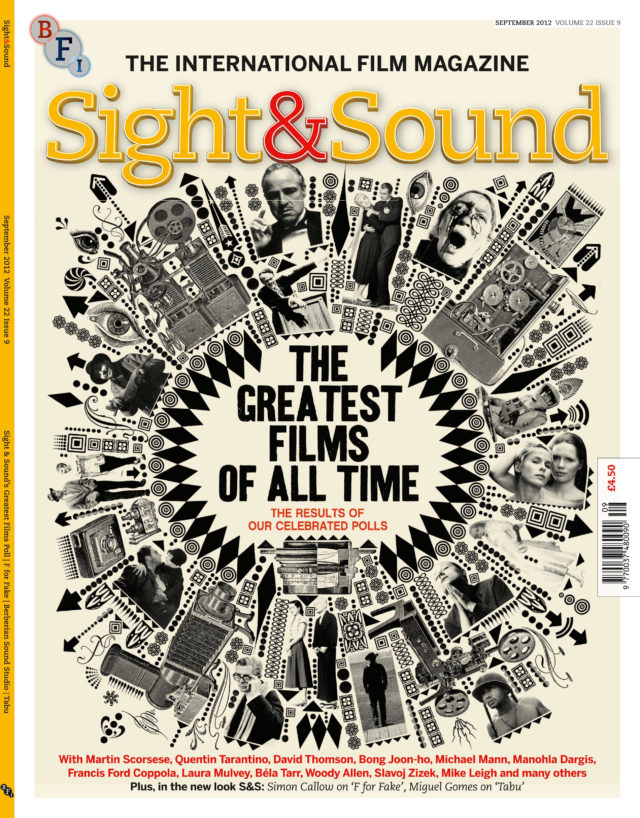
What does it take to make a masterpiece?
Not something merely good, but among the greatest of all time. Meaningful not just to the time and place it was produced, but to the time and place with which it is seen. A work of art to be saved and shared, something that says: “We are here, and look what we can do.”
Last week at the Conference on World Affairs at CU-Boulder, a few hundred movie lovers gathered in the dark of Macky Auditorium for a shot-by-shot dissection and discussion of Steven Spielberg’s Jaws. The program: Ebert Interrupts, named in honor of the late, great film critic who started the annual panel in 1975. This year’s host: critic and author Josh Larsen, who subsequently invited Denver film writer Walter Chaw and National Geographic explorer Asher Jay to add further views of a movie familiar to many. The details the speakers and audience pulled out of the film were as numerous as the questions left unanswered.
Paul Schrader—who’s had a hand in more than one masterpiece in his day—says the best movies start when the credits roll. They make you think about your relationship to the world within the frame. Directed by a lesser filmmaker, Jaws might’ve had a couple of scares and a satisfying ending. But in Spielberg’s hands, Jaws gnaws at the back of your mind. Ask anyone about the movie, and you’re likely to hear a personal story about how terrified they were of the water after seeing it. Then again, consider the endless interest in shark-themed programs that have bubbled up in the wake of Spielberg’s blockbuster.
Jaws isn’t the only masterpiece on my mind these days. Later this year, the British film magazine Sight & Sound will conduct its once-a-decade world poll. The question: What are the 10 greatest films of all time? How voters define “greatest” is up to them—Essential? Favorite? Groundbreaking? Political?—but the results create an interesting consensus of film culture. You might quibble with a title or two, maybe the ranking of fourth place over fifth, but rare is the film lover who dismisses the top ten out of hand.
The films featured in past Sight & Sound polls are canon. But canons are exclusionary. Go through the seven decades of Sight & Sound’s polls: The titles are consistent. It’s the placements that fluctuate.
That’s bound to change this year—and not just the ranking, but there’s a good chance the whole 20th-century canon gets tossed out. One of the more fascinating developments of movie appreciation in the last decade is not just the rejection of the ivory tower but a rising interest in marginalized movies and movie-makers. Viewers today are seemingly more cued into who is telling the story and from what place of privilege (or not) the movie comes.
The announcement of Sight & Sound’s world poll is always an exciting moment in the cinema sphere. Those ten titles will launch a thousand think pieces and rebuttals. They’ll also become guiding lights for future film lovers while indicating what today’s cineastes hold dear. After going through Jaws a shot at a time, it’s easy for me to include it among the ten best. That may sound like high praise for a blockbuster about a killer shark, but as Roger Ebert liked to point out: Movies are not what they’re about. They’re how they’re about what they’re about. And the how of Jaws is damn near perfect.














